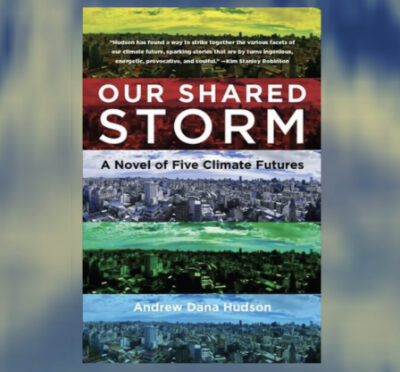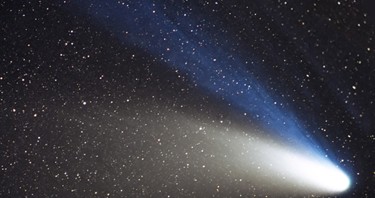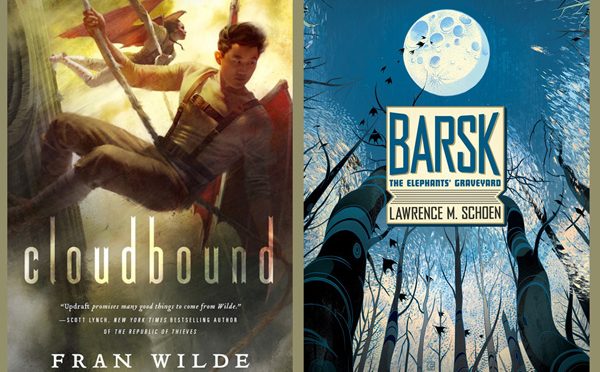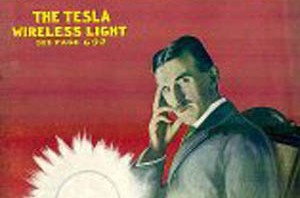Tag: science fiction
-

Our Shared Futures
Can climate fiction help us see our way through the maze of possible futures we face? Can it help us move forward from our present moment? Andrew Dana Hudson’s slim novel, Our Shared Storm: A Novel of Five Climate Futures, engages these questions directly, by imagining how four characters’ lives would…
-

Asteroid Sighting
The Asteroid Belt Almanac celebrated its launch yesterday, at a great event put together by the publishers, The Head & the Hand Press. Great venue too — Indy Hall, a loft-style co-working space in Old City Philadelphia for tech workers, startups and other creative folks. I’m so happy to be part of this…


